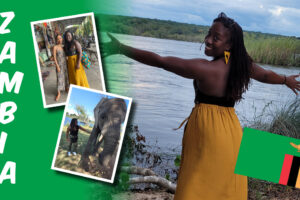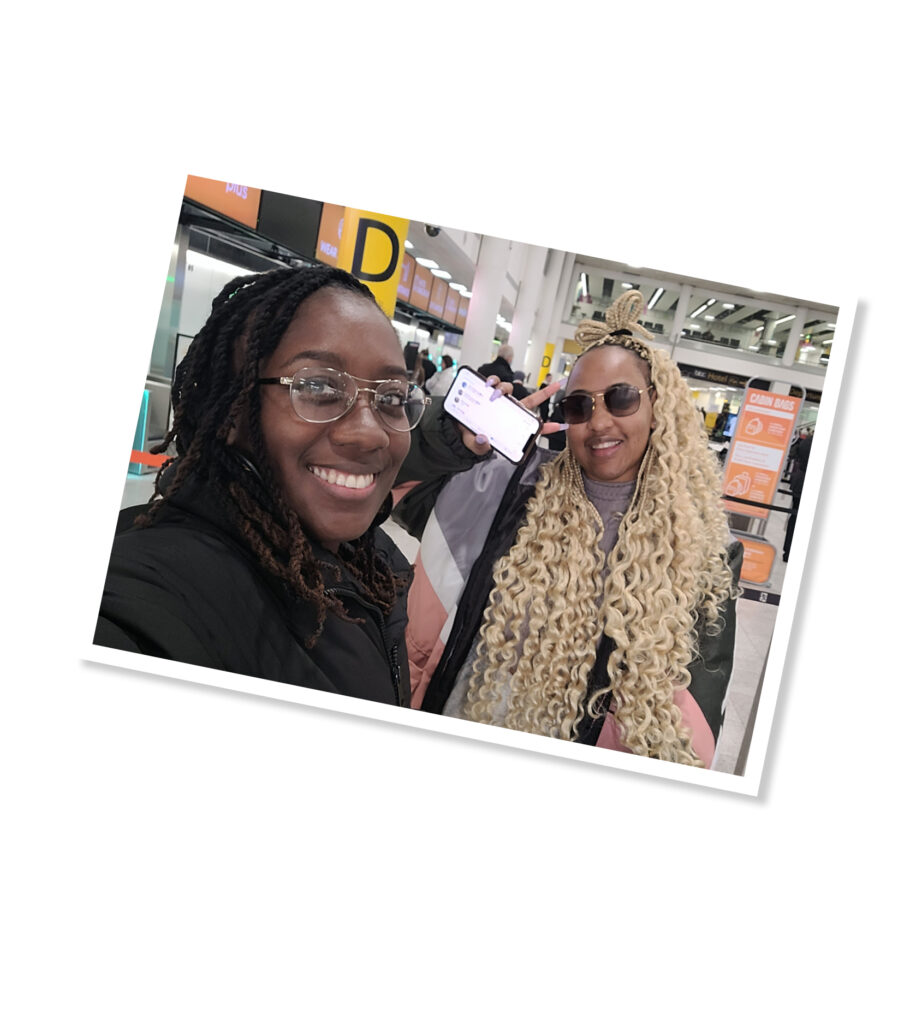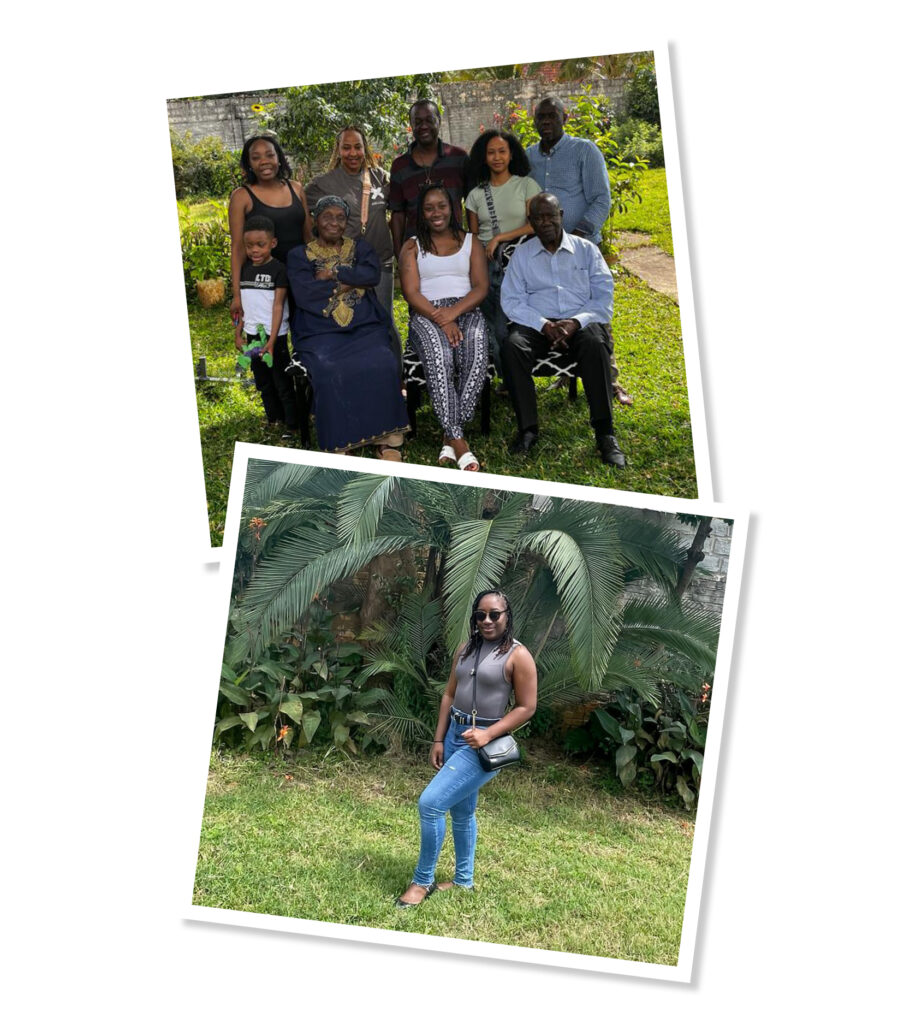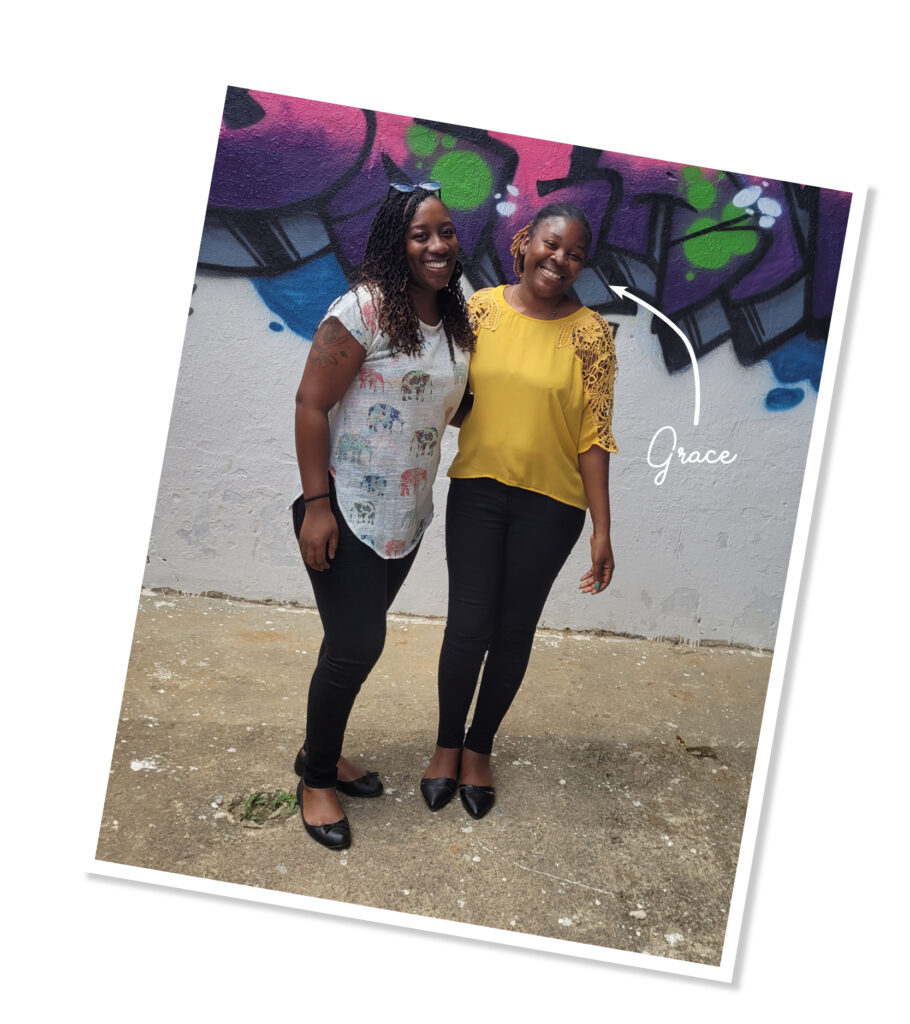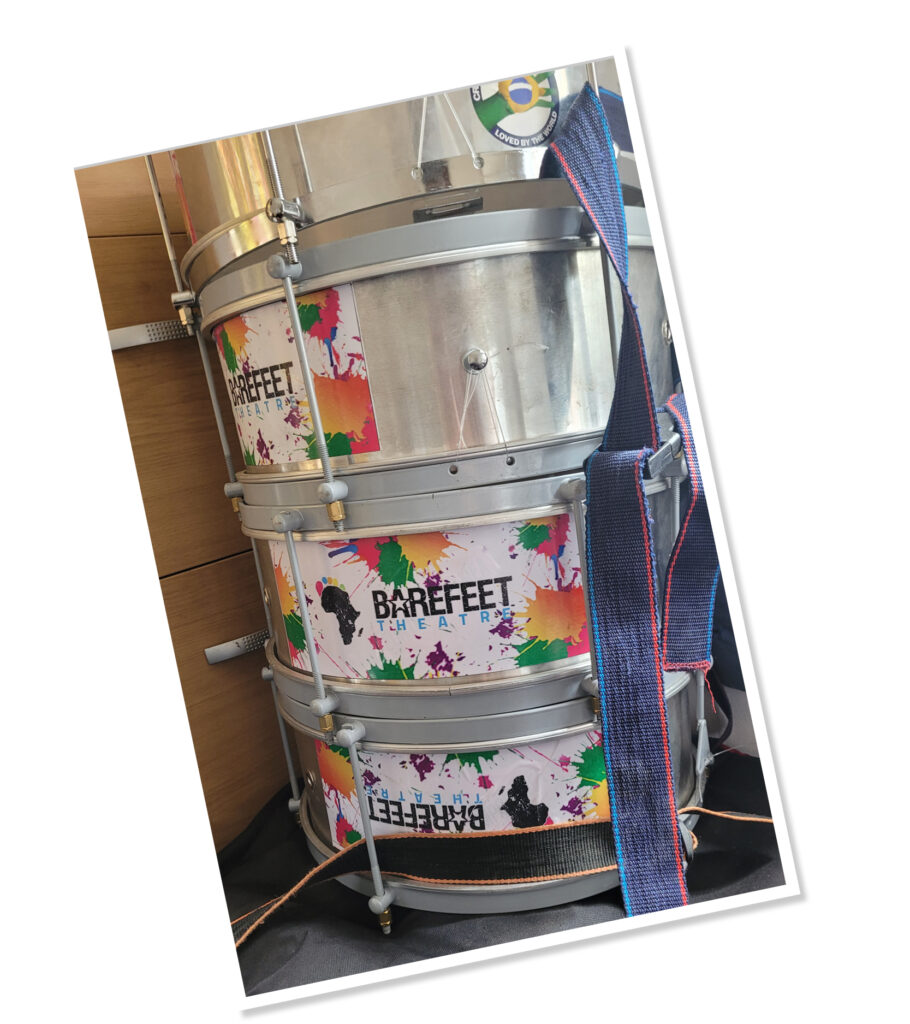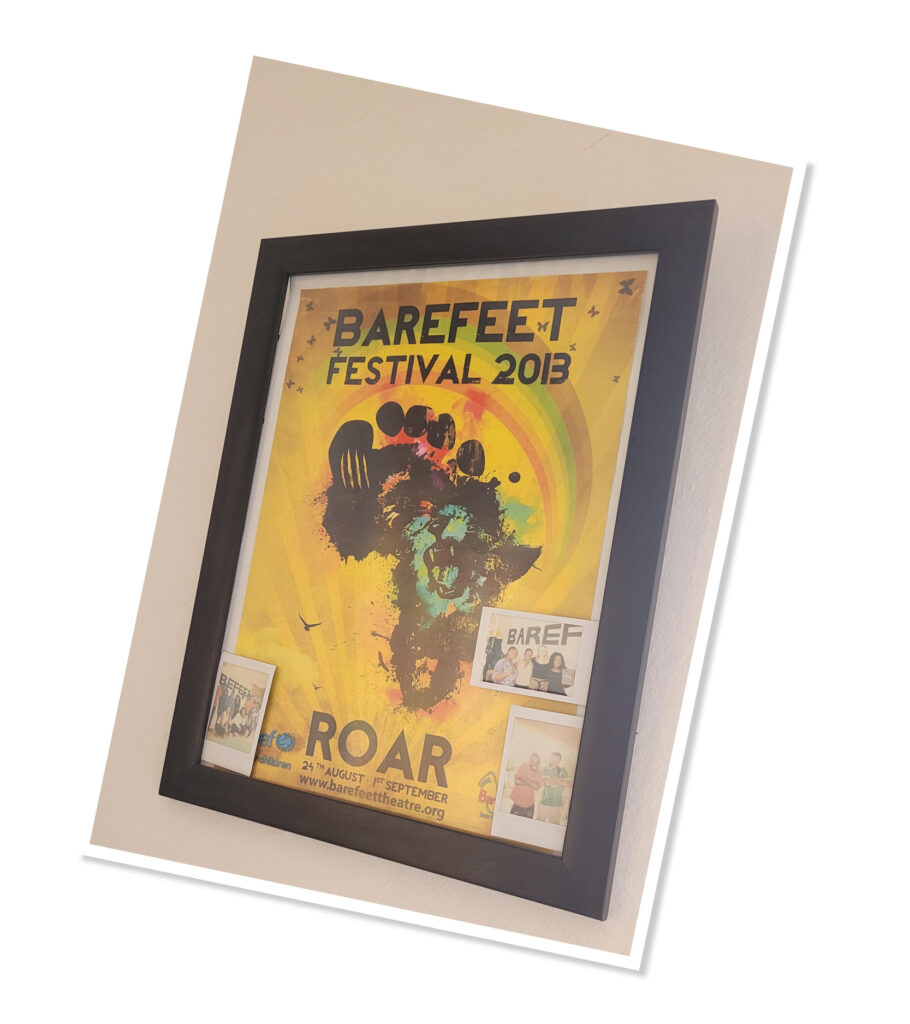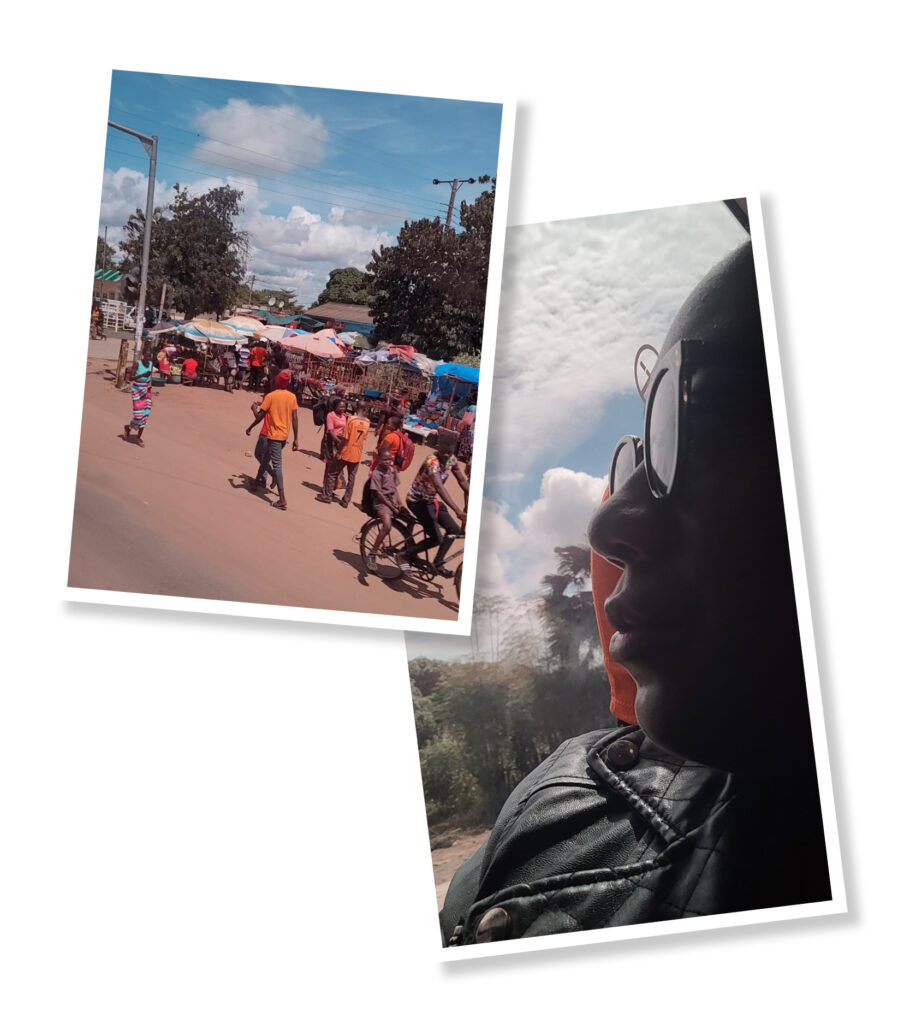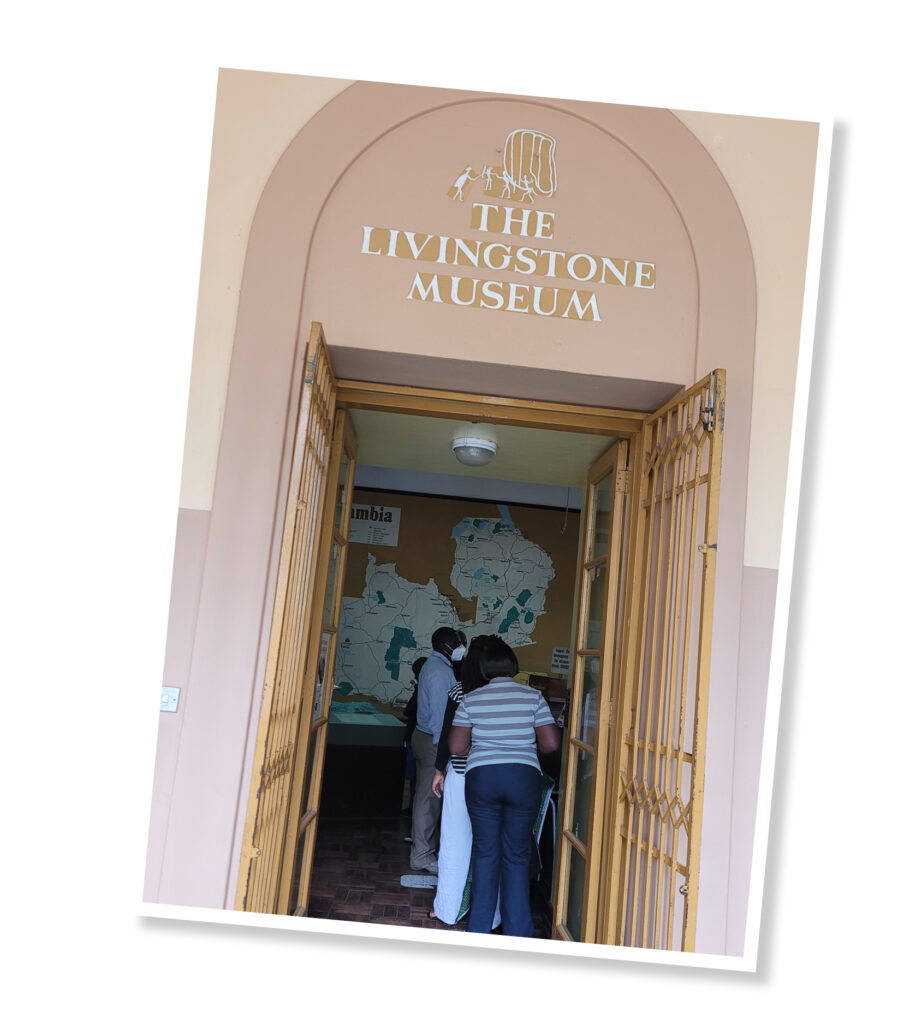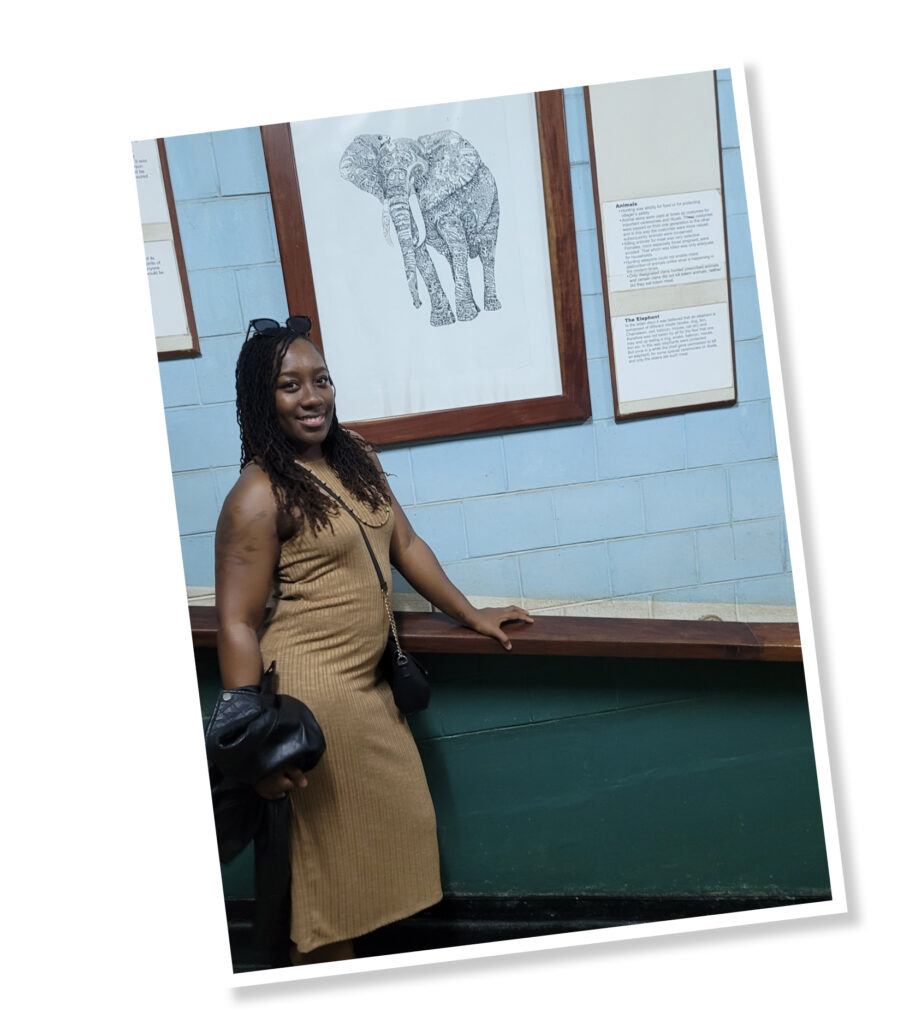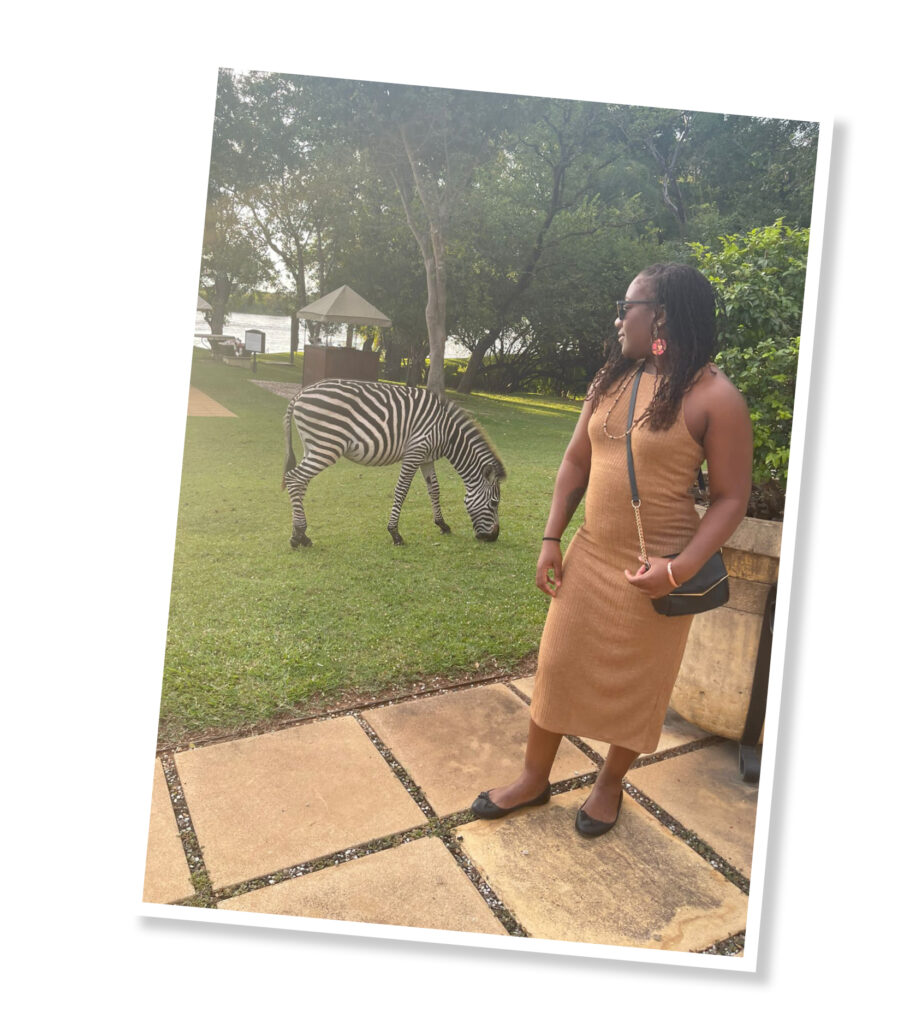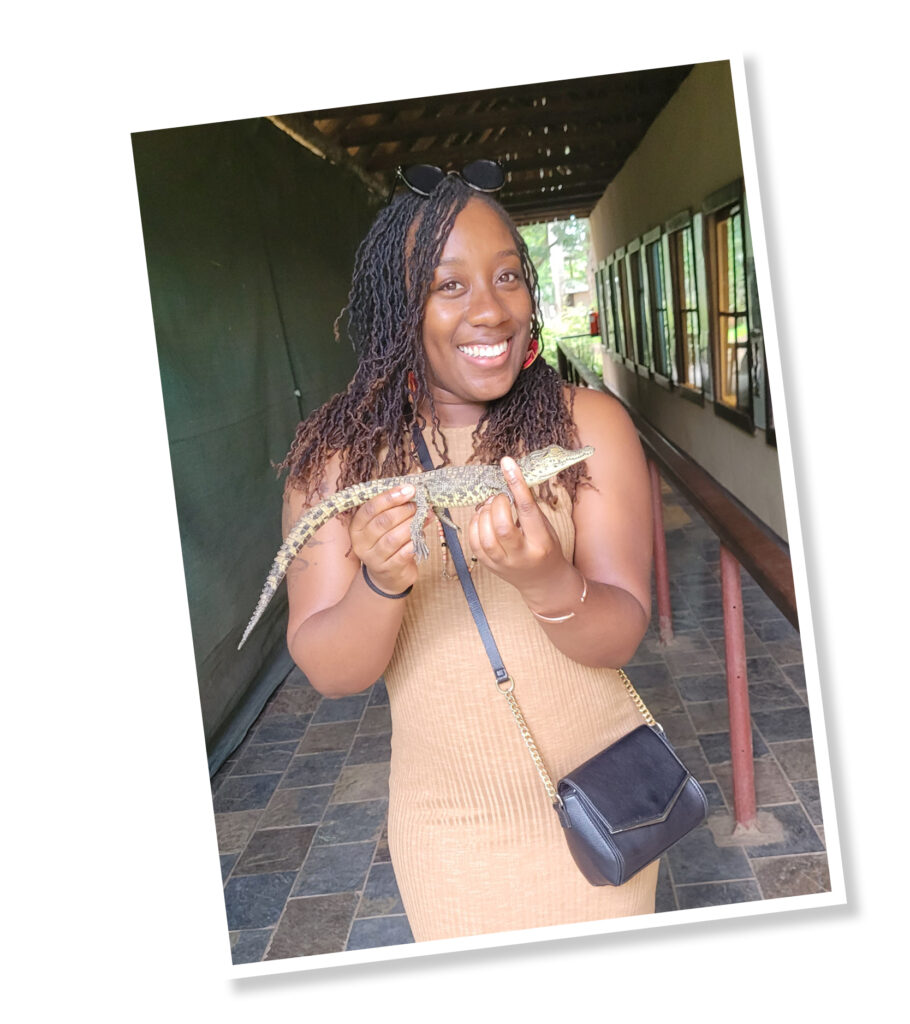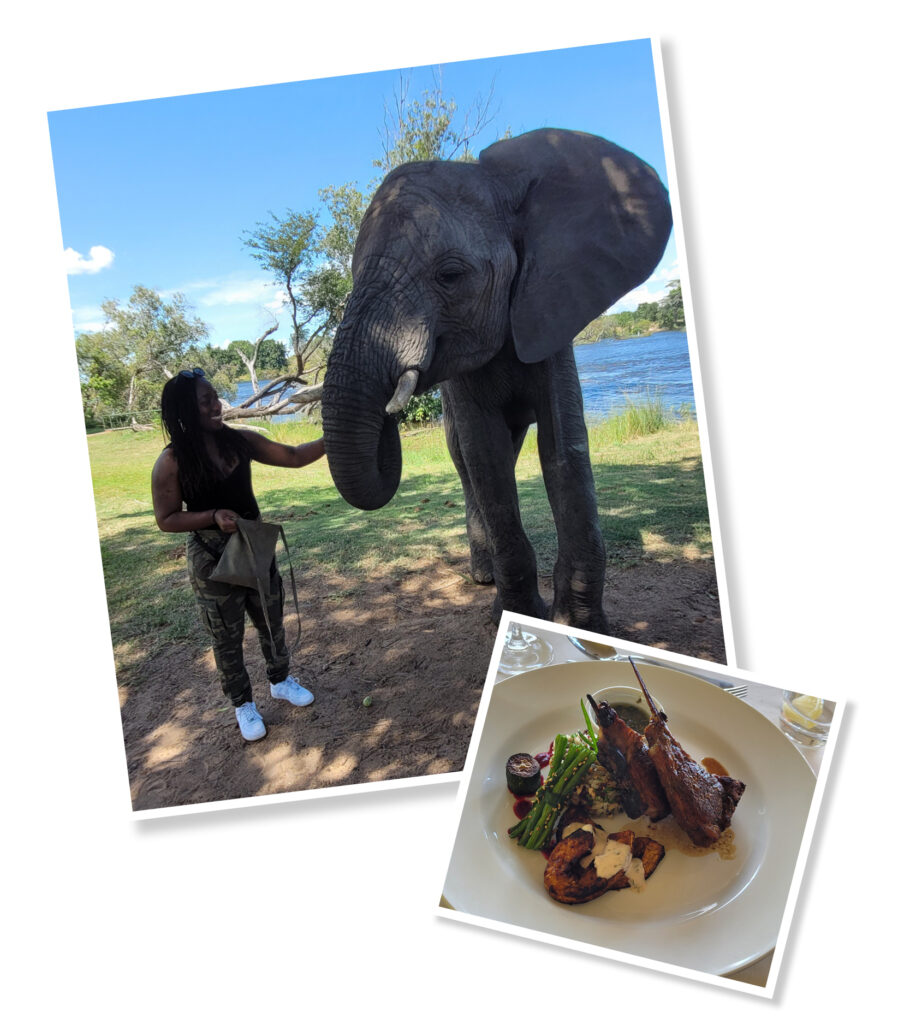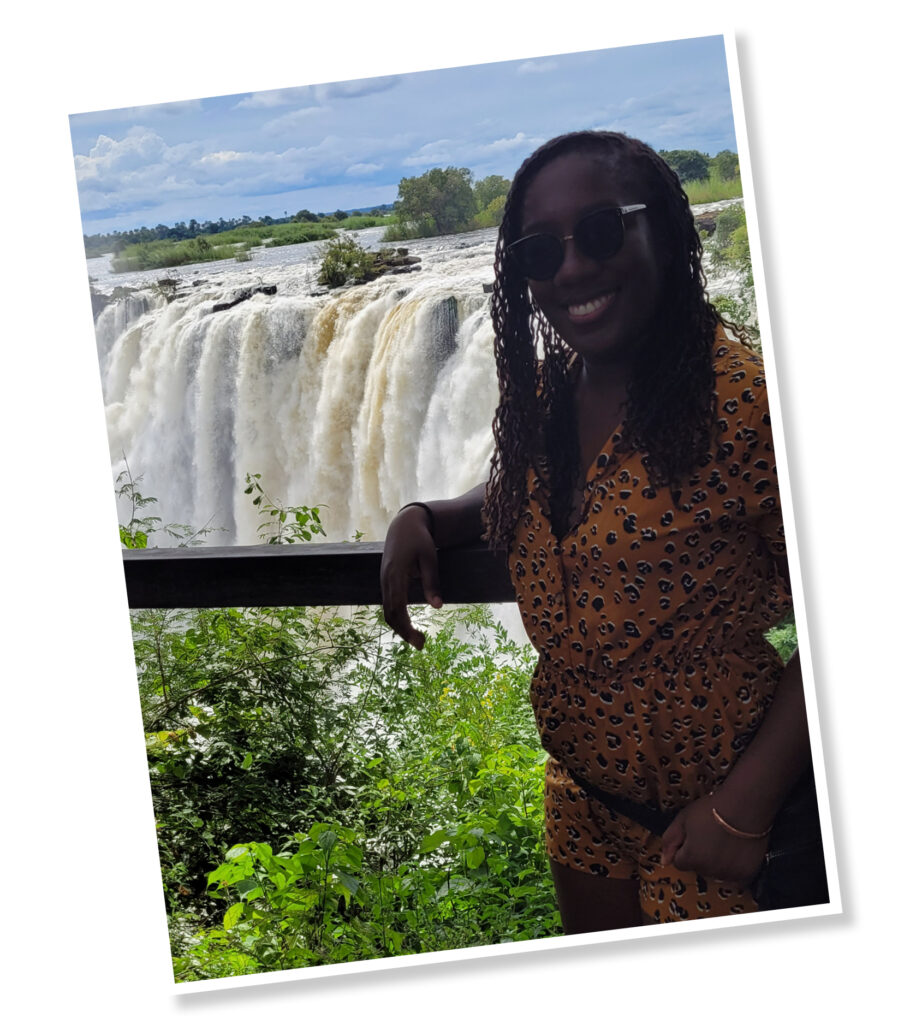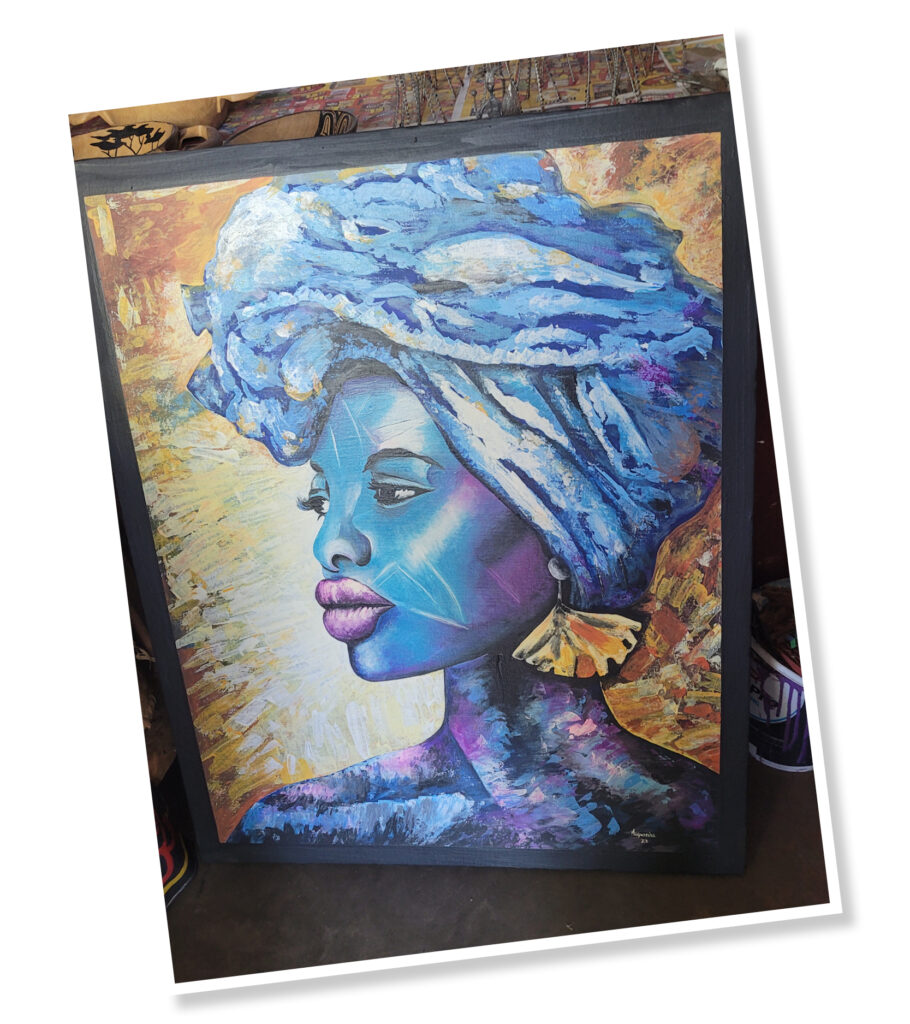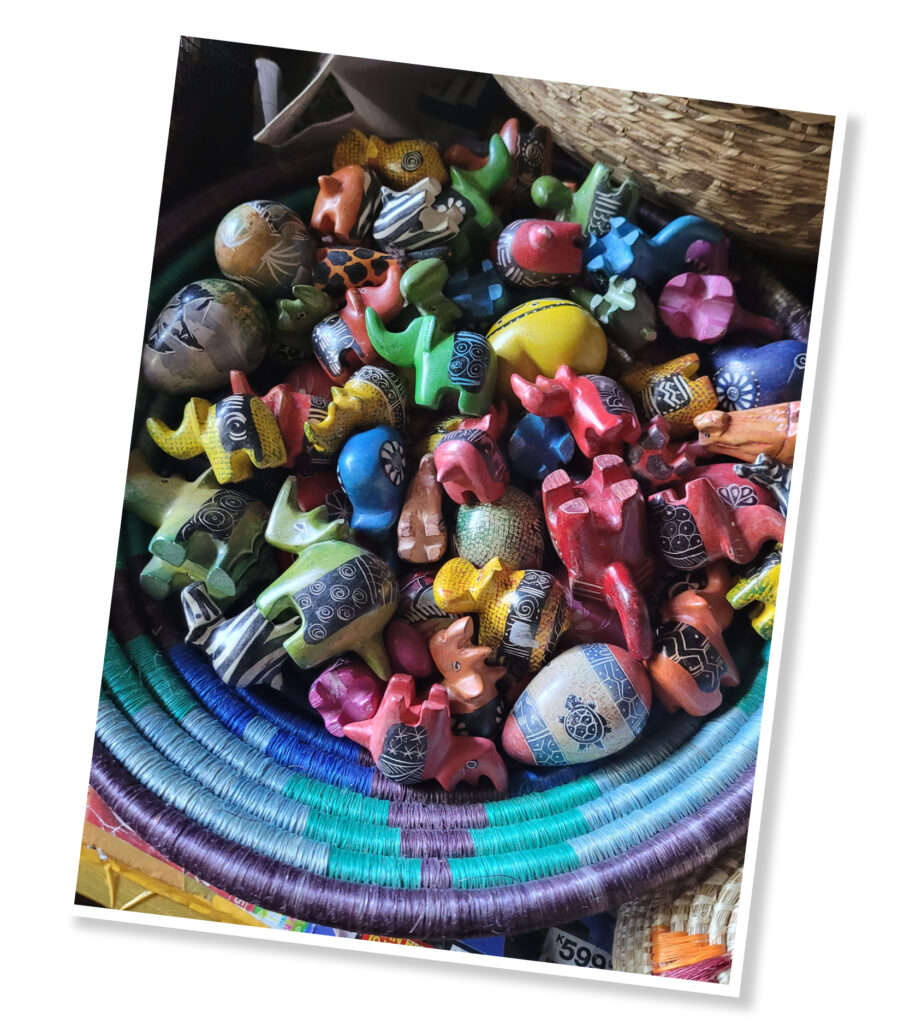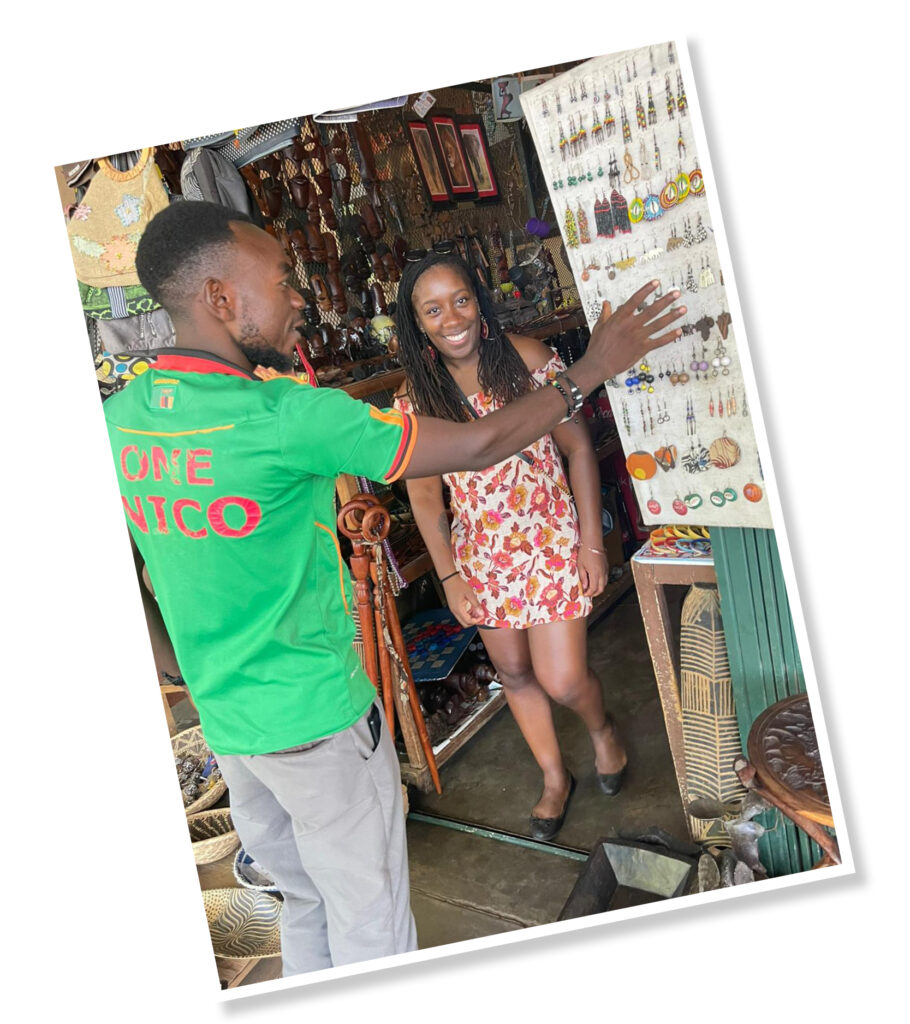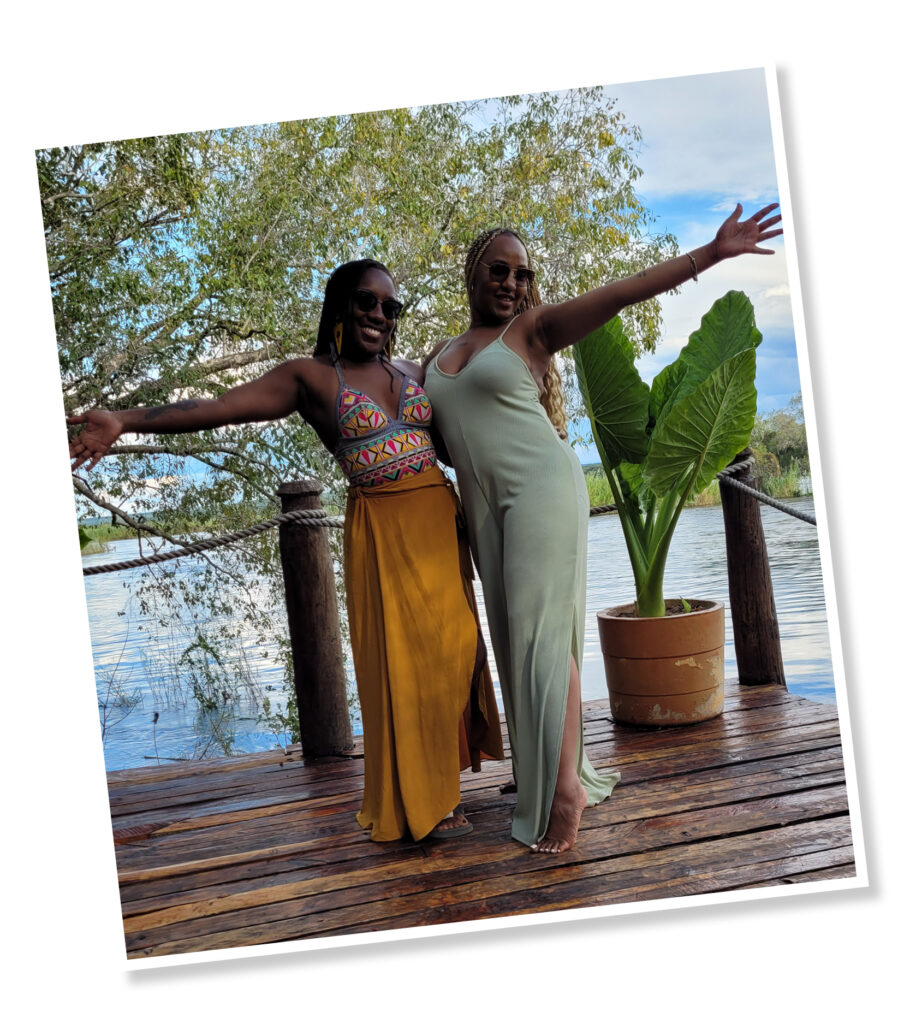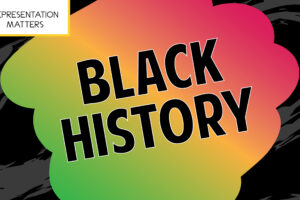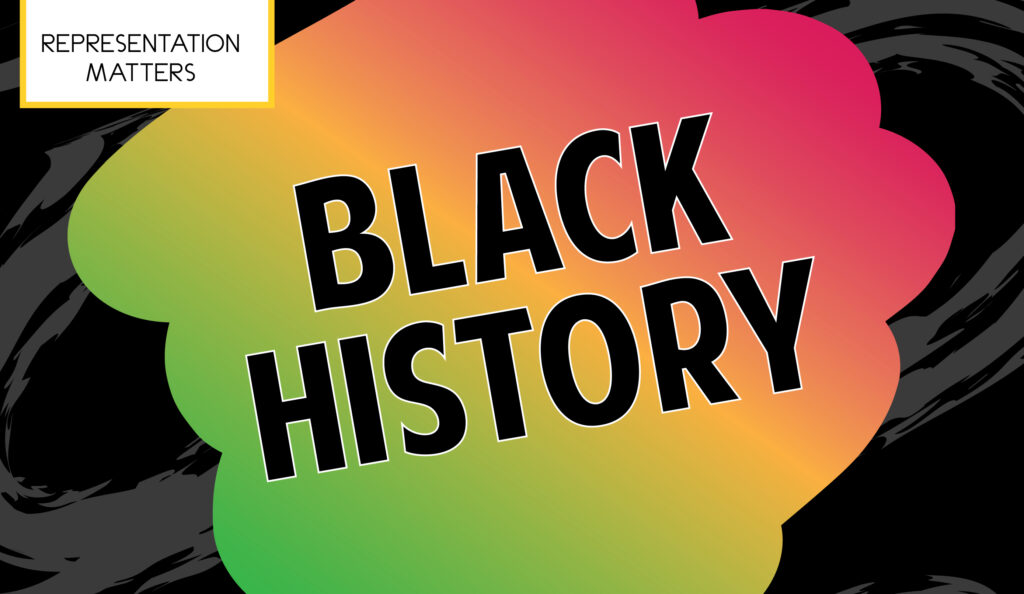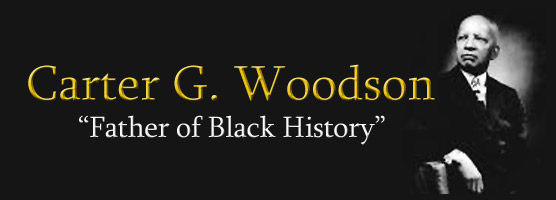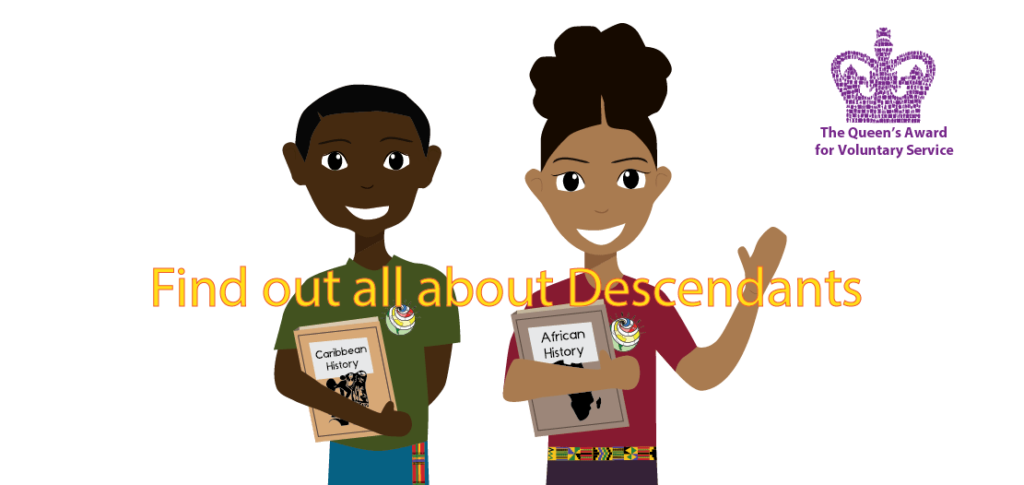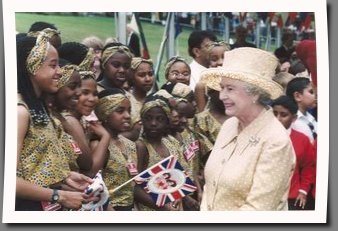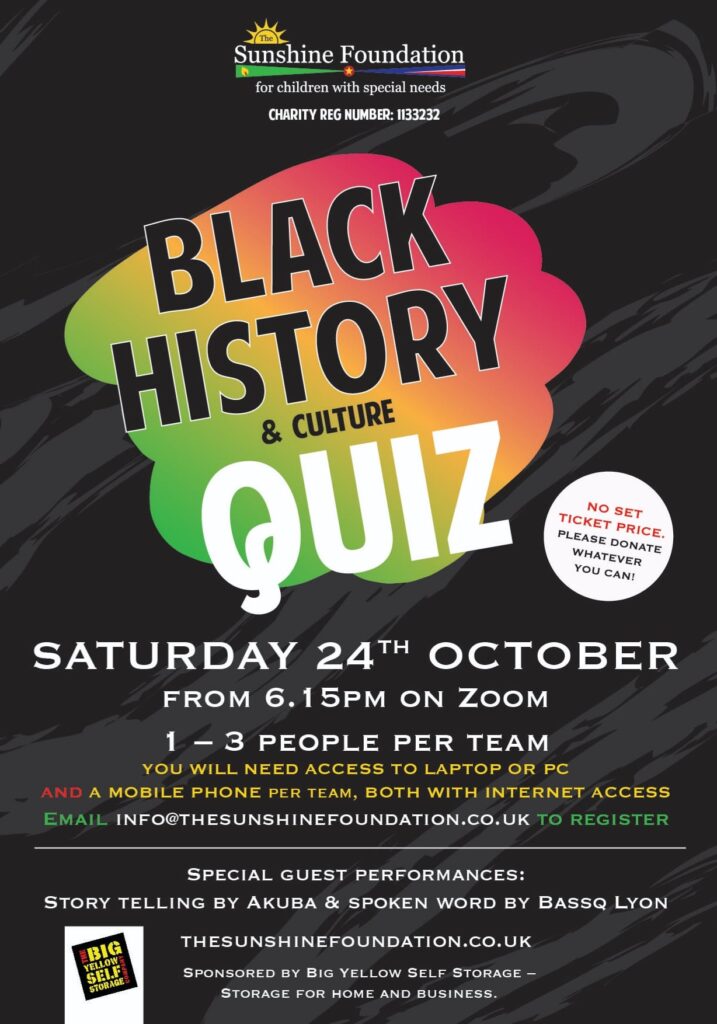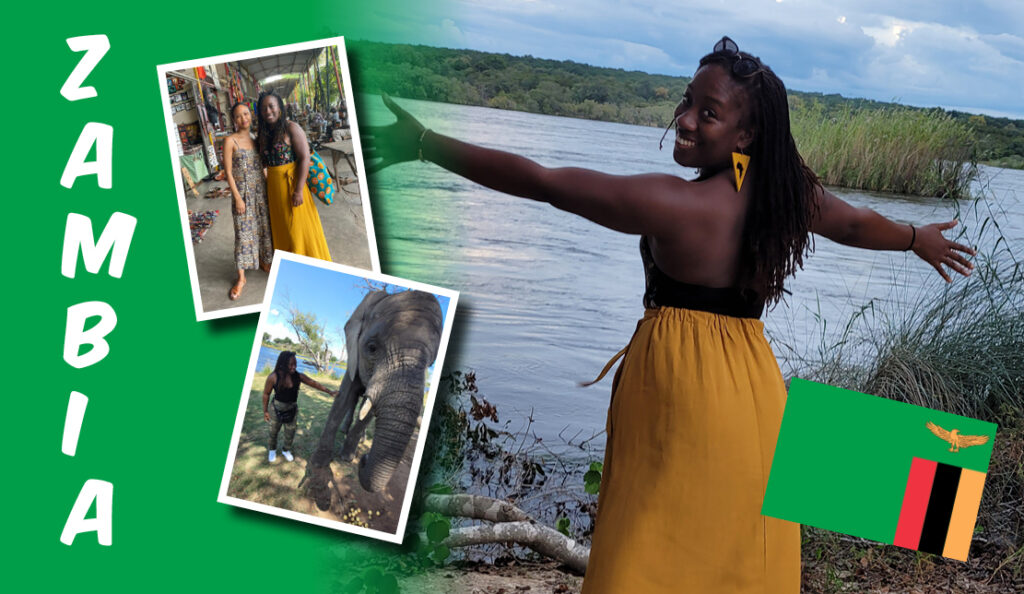
In April, I was fortunate enough to spend two weeks in the picturesque country of Zambia with my sister and cousins. The 18-hour journey to Southern Africa via Doha was definitely worth it, and I’ve returned feeling inspired, accomplished and humbled.
In this blog, I will be sharing some of my memories and experiences but, because we did so much, I have kept it extremely brief. Please do take note of some the inspirational and gorgeous locations I am going to mention and make it your mission to visit this stunning country for yourself…
And We’re Off!
Fifteen hours on a plane (plus a three hour stop-over in Doha) was to be the longest I’ve ever spent travelling and, to be honest, I wasn’t looking forward to that part! Thoughts of how uncomfortable the seats or how tasteless the food would be on the plane fluttered through my mind, but when I arrived at Gatwick Airport and saw the girls, that anxiety quickly turned into excitement!
Touch Down
When we got off the plane at Lusaka Airport, we were greeted by a welcome slap of warm air and beaming sun – something I’d been craving for months! The sky was blue with barely any clouds and we made our way to Kuku’s house (Grandma and Grandpa) in Roma.
It had been such a long time since I’d seen them and it felt great to finally be able to visit them (and my uncles) at their home. I learnt of stories how my cousins and step-mum would play in the garden and pools and imagined how different life would have been there compared to the grey bustle of London.
Being surrounded by greenery and open space made such a difference to my mental health and I almost instantly felt myself relax and forget about the work waiting for me on my return. The only thing I missed about being in London was the absence of mosquitos (and any other creepy crawlies) but I guess they come with the territory and was a tiny price to pay for being in such a lovely place!
My Tribal Name
I’m very proud to say, that during my time with Grandma and Grandpa, they gave me my very own tribal name! Zambia has over 70 tribes including Lozi, Tonga, Nkoya and Subiya, with my grandparents being part of the Lozi tribe. Grandpa gave me the name Tabo (with a light ‘b’) which means ‘happiness’ because they were so happy to finally see me in Zambia. I felt so touched and honoured to receive this name and I will use it with pride from now on!
Barefeet Theatre
Barefeet Theatre is an organisation that was set up in 2006 by young Zambian artists, former street children and Irish artists to help empower and protect vulnerable children living in the streets of Lusaka. I had the pleasure of meeting Grace, who told me about their outreach work, workshops, showcases, interventions, festivals and more! They even have a children’s council which gives young activists a voice to articulate their ideas and pass on their knowledge.
Because I have a background in dance and other performing arts, I was particularly drawn to their award-winning performance company, which is an ensemble of some of the most talented creatives in the country. I hope to one day visit again and share what I have learnt during my dance journey, whilst learning different styles and techniques from the children and teachers too.
Please donate to this fantastic cause or even volunteer your services and skills with them if you can.
Livingstone
After a few days in Lusaka, we took the eight hour coach journey to Livingstone – the tourism capital of Zambia. Arriving at the bus station, we were bombarded by people trying to help us with our bags or offering snacks, which was quite overwhelming but I’d been warned about this experience, so I stayed strong!
Along the way, we past fields and farms as well as people selling their crops and items on the roadside. I loved when we passed over train tracks which seemed to appear out of nowhere. Where do they go? I’d love to take a train journey when I go back as they make great inspiration for potential storylines and adventures!
Halfway through the journey, we stopped off at Monze Bus Station for much needed refreshments and another four hours later, we arrived in Livingstone.
We were greeted with a warm smile and hug from my Aunty and when we got to the house, we were even presented with a personalised ‘Welcome Home’ cake with our images on – so sweet (and it tasted great!). My Aunty and Uncle have such a beautiful home with guava, bananas, pomegranate and custard apples growing in the garden and stunning view of the town.
Learning About Zambia
The Livingstone Museum was a great place to start with our day trips as it gave me huge insight into the country. I learnt about the plethora of tribes, Broken Hill Man of Kabwe (the first historically significant human remains found in Africa), the different rights of passage ceremonies and ethnic groups and even how to say “Thank you for visiting” in Tonga: Twalumba kutuswaya. As elephants are my favourite animal (which you will hear a lot about later in this blog), I also found it interesting to know that it was believed that they were composed of different meats (snake, lion, dog, owl etc) and therefore was not eaten by anyone. Although, these majestic animals still aren’t eaten by humans now, it’s an intriguing folktale!
Something special I was in the country in time for, but unfortunately didn’t get to visit or take part in, was The Kuomboka Festival which is a cultural event that draws tourists from all over the world. Kuomboka means ‘coming out of the water’ and takes place in the area of the Liuwa Plain after the rainy season. It’s a three-day celebration that marks the passage of the King of the Lozi people, from Barotse to Limulunga. It includes drumming, canoeing and processions in the King’s black and white barge, which is adorned with a huge elephant statue. I was only able to watch the proceedings on TV, but next time I hope to visit in person!
Wild at Heart
Of course, you can’t visit Africa without making a point of going to see the array of wildlife it has to offer, and we definitely did that!
We visited the croc park, where I held a baby crocodile and was graced by the presence of ‘Man-Eater’ (you can guess why he got his name); the largest crocodile I’ve ever seen! We also went to the Royal Livingstone to watch the sun set over the Zambezi river and were approached by antelope, monkeys and zebras. This was so amazing in such a great location but the absolute highlight for me in terms of wildlife would be the elephants!
We visited The Elephant Cafe, which is a sanctuary and five-star luxury restaurant. Here I got to live out my dream of meeting, petting and feeding elephants, including an 8-year-old 30 tonne ‘baby’ and his humungous 70-year-old father! We learnt about the conservation and how they look after these graceful animals, then had a delicious three-course meal made from locally sourced ingredients with unlimited drinks.
The surroundings were perfect, the staff were knowledgeable and attentive and I couldn’t have asked for better company… I could have stayed there all day!
The Smoke That Thunders
Victoria Falls, also known as ‘mosi o tunya’ (‘the smoke that thunders’ in Lozi), was another great highlight from my trip. Despite getting completely soaked through, I loved every second of it. The power, the sounds and the view was intense and it just made me appreciate the beauty of nature even more. If you visit around this time of year, I recommend that you resign yourself to the fact that you will be drenched and just enjoy the experience – and bring a ziplock bag for your phones!
The ‘spray’ (more like deluge) was relentless but don’t let that put you off from going. The heat will quickly dry you off and you can always take a walk down to the Boiling Pot to pass the time.
The Boiling Pot looks exactly as it sounds; swirling and churning waters at the bottom of the falls. It’s a good 15 minute trek down to the bottom and, depending on how fit you are, a challenging 30 minute walk up! It’s not a walk for the faint hearted, especially in the heat, but if you are able to, definitely give it a go – the view at the bottom is just as stunning as at the top!
Arts and Crafts
As a small business owner myself, I couldn’t leave Zambia without supporting some of the local traders. We visited the Mukuni Park Curio Market, which is home to some of Zambia’s art and crafts. We saw so many unique pieces, so I bought some sculptures, utensils and jewellery.
Siankaba Islands
If you have access to a car, please try to visit the Islands of Siankaba. To avoid getting stuck in the sand (like we did), I suggest hiring a jeep or a high car because you will need to go off road to access the entrance!
It then opens up to the peaceful part of the Zambezi river and you are taken to the islands via boat. It is so calm that you may be lucky enough to see some hippos or the rare African fish eagle which features on the Zambia flag – we were fortunate to see both!
With a pool, private lodges, and delicious food, it is somewhere I would definitely like to visit again and maybe stay over. There is something special about being secluded and surrounded by water.
See For Yourself
If I’m honest, this is blog hardly does the country of Zambia justice! There is so much to say, do and express but I don’t want you to still be reading for the next few weeks, so below is a quick list of some of the places I recommend visiting and some of the words and phrases I learnt whilst there. Please do visit this beautiful country for yourself and feel the warmth of the Motherland.
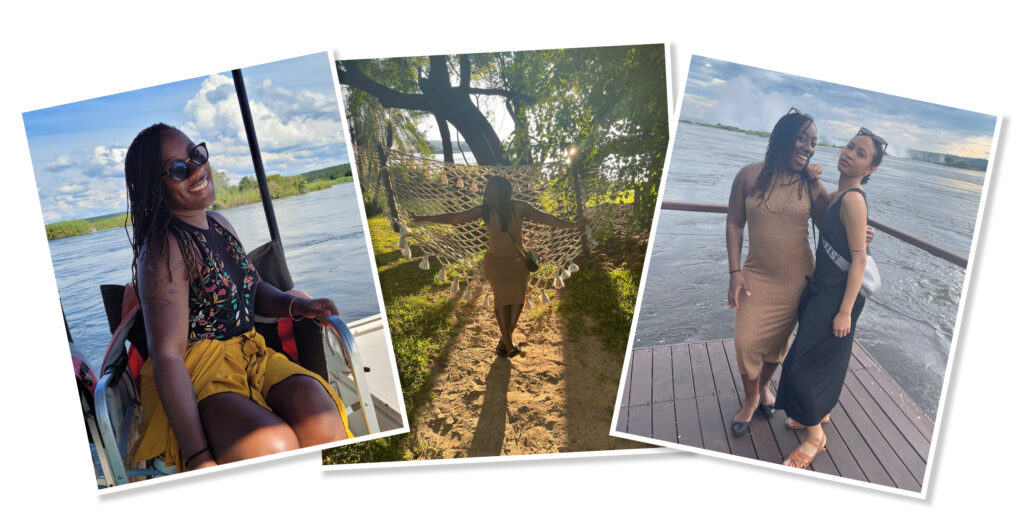
Where to go…
LUSAKA (CAPITAL CITY)
- Chicago’s nightclub – If you’re looking for a place to enjoy music, well-priced cocktails and shisha.
- Capones nightclub – It was busy but great music and it’s VVIP, so dress to impress!
- Barefeet Theatre – Volunteer and support the children and young people of Lusaka.
- Manda Hill shopping centre – For all of your essentials; currency exchange, supermarkets, restaurants etc.
LIVINGSTONE
- Royal Livingstone Hotel – For luxury, great views of the Zambezi river and Victoria Falls, sunset and the chance to see zebras, antelope, monkeys and giraffes.
- Livingstone Museum – Learn about Zambia and its rich history.
- Croc Park – Be brave and hold baby crocodiles, tortoises and snakes as well as seeing the larger crocs being fed.
- Fairmount Hotel club – For eclectic music and a friendly vibe.
- Victoria Falls – A fantastic experience, especially during rainy season. Don’t forget protection for your phone and a spare set of clothes or raincoat! Descend to the Boiling Pot if you can.
- Avani Hotel – A good place for a meal and some entertainment.
- Jollyboys – A hostel with a small pool that is open for use. Nice chilled vibes with drinks and small meals available to order.
- Mukuni Park Market – For art and crafts but local creatives.
- The Elephant Cafe – Elephant interaction and luxury food and drink.
- The Islands of Siankaba – Beautiful lodges and enjoy a sunset cruise on the Zambezi river.
- Smoke House Restaurant – a lovey rooftop restaurant with live music and a BBQ.
Extras…
- Nshima – pounded maze usually accompanied by stew or vegetables.
- Amarula fruit – elephants love it and liquor can be made from it.
- Kwacha/Ingwe – Zambia currency.
- Chitenge – fabric similar to a sarong that’s worn around the waist or chest.
- Kuku – grandma or grandpa (unisex)
- Robots – also known as traffic lights!
- Nyami Nyami – the protective Zambezi River God or Zambezi Snake Spirit of the Tonga people.
